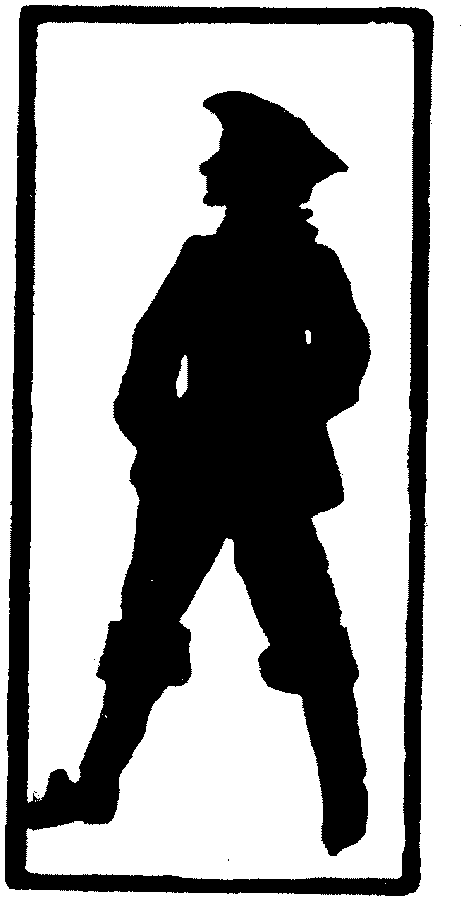
Chapter 3
The Call of Kentucky
Virginia had been the mother colony for many of the Wares who came to this country from England. Some came as indentured servants, some as simple farmers, and some as already important political figures in Great Britain. The ownership of land was the determining factor that placed these early Wares on a higher rung of the proverbial ladder of success.
“By the time of the Revolutionary War, the practice of awarding bounty land as an inducement for enlisting in the military forces had been a long-standing practice in the British Empire in North America. A land bounty is a grant of land from a government given as a reward to repay citizens for the risks and hardships they endured in the service of their country.” (Ref. 2110) Land was always a highly desirable commodity and, in those years, there was a generous supply of it. “In their colonial tradition, the colonies patterned their struggle for independence on the same principle” as had Great Britain. (Ref. 2110) The exchange of free land for military service worked out well for both the Patriots and the new government.

Many members of the Ware family had served in the Revolutionary War and, consequently, many found themselves the proud owners of new lands offered in the wilderness of Kentucky. It was a wonderful opportunity for families to become part of a newly organized society. If relatives moved together at the same time and made their holdings on adjoining properties, they could virtually create small ‘dynasties’ where neighbors were family and family were neighbors. Such was the case with James Ware II.
Granted, this new ‘aristocracy’ was still, in large part, dependent upon indentured servants and slave labor for its success, but the very lifestyle of living in the wilderness often lent itself to a breed of people more willing to accept change and diversity. Some of the very staunch slave holders who had traveled from Virginia to Kentucky with their slaves in tow eventually decided to embrace the notion of freedom for all men. The great religious revival that swept through the area during the 1800’s also helped open the minds of some of these new Kentuckians. “Ultimate results were the changing of many of the rough customs of the time and the turning of men’s thoughts to the evils of slavery. One leader said ‘this revival cut the bonds of many poor slaves’.” (Ref. 2291)
One such example of this shift in social thinking was the son-in-law of James and Caty. “Isaac Webb, Jr., becoming convinced of the evil of the institution [of slavery], willed his slaves their freedom.” (Ref. 2250) Others would follow suit. “The abolition movement had existed in the state since at least the 1790s, and Baptist ministers David Barrow and Carter Tarrant formed the Kentucky Abolition Society in 1808. By 1822 it began publishing one of America's first anti-slavery periodicals. The small-farm nature of Kentucky meant that slave labor was not as critical to profits as it was for the labor-intensive crops of the Deep South.” (Ref. wikipedia)
The Ware and Webb families were good examples of those who traveled together. James and Caty had two daughters who married into the Webb family. Polly married Charles Webb in 1788 and Lucy Ware married his brother, Isaac Webb, in 1790. The two families were tied not only by friendship but by blood. Isaac and Charles had fought in the war and received land grants, as did James. Fayette County papers record “Ware’s military survey, done in 1782, of 1,000 acres of land in the neighborhood, on or near Cane Run.” (Ref. 1033, 1072) Isaac Webb “enlisted in the Revolutionary army at the age of 17, served to its close, attained the rank of Captain, and received land from Virginia as well.” (Ref. 174) In Isaac’s case, because he actually reenlisted later, he “received 2,666 2/3 acres of land for three years’ service; also an annual pension of $320.00 from May 31, 1833 until his death.” (Ref. 6,174) According to historical author, Charles F. Warwick, Charles Webb “served as a Captain in the Revolutionary War,” and both Webb brothers joined with Dr. Ware in deciding to claim their hard earned reward in Kentucky. According to Cornelia Ware Anker, “it was partly by Isaac Webb’s persuasion that the move was made.” (Ref. 2)
Map showing border between Virginia & Kentucky

Frederick County had been feeling growing pains. “The farmer’s prosperity in the half century following the Revolution could be measured in several ways, one of them being that land prices rose. It was observed in 1790 that lands were greatly increased in value. A visitor in the Valley in 1796 reported . . . that land prices there were two or three times higher than they were in eastern Virginia. Ironically the high land prices encouraged many to depart Old Frederick. White population in the county declined between 1800 and 1810 as people sought inexpensive land in Tennessee, Kentucky and the old northwest.”(Ref. 48) Kentucky offered great prosperity for those with a pioneering spirit and the strength and determination to tame the wilderness that would challenge them. George Washington, who eventually owned 45,000 choice acres of western land scattered through the Shenandoah Valley and the modern states of Kentucky, Ohio, West Virginia, and Pennsylvania, predicted that “Americans would move across the mountains faster than any one would imagine.” He was so right. “In 1775, the total English population of Kentucky was only 150 settlers. In the 1790’s, when the Wares moved to Kentucky, “the population skyrocketed and according to the census of 1800, the population of Kentucky was around 220,955.” (Ref. 901)
In the beginning, Kentucky had simply been an off-shoot of Virginia. The frontier county of Fincastle, Virginia, was dissolved in 1776 and was renamed Kentucky County. It was later subdivided into Fayette, Jefferson, and Lincoln counties. “Further division
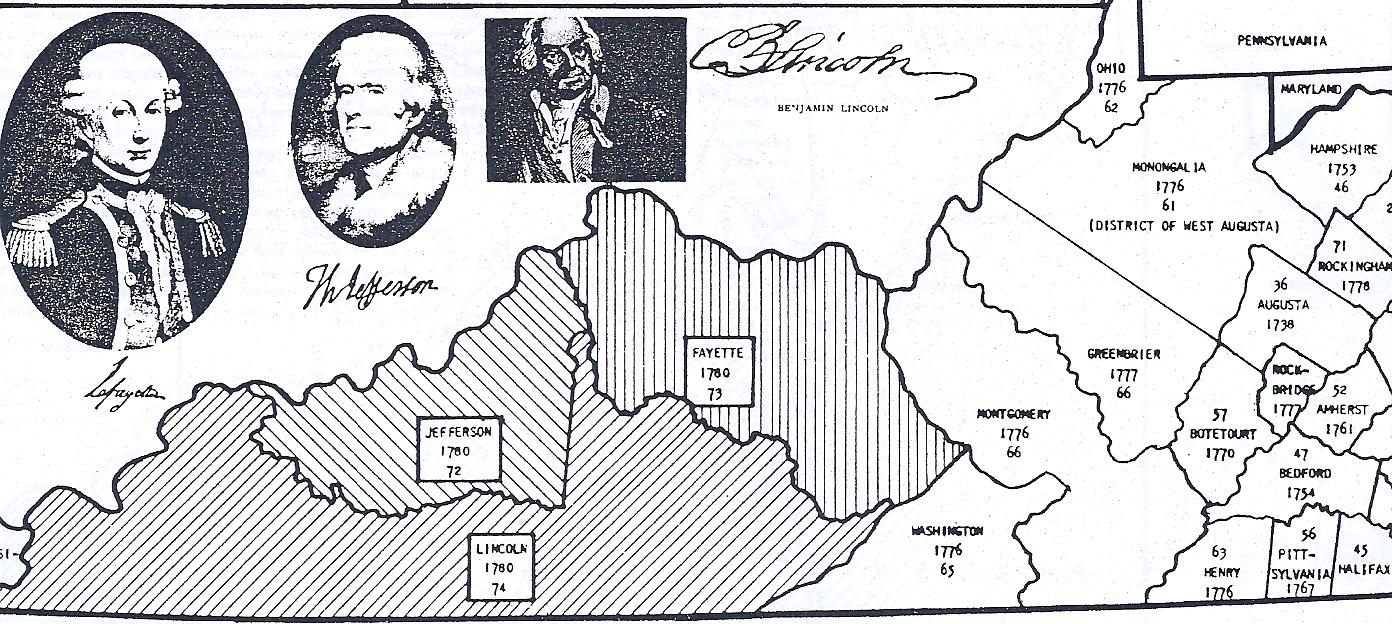
Map showing the counties divided out of Kentucky County
occurred on May 1, 1785, when Fayette County was divided into two parts, the northern section being called Bourbon and the southern section keeping the name of Fayette. The first courthouse in 1787 was in Hopewell; renamed Paris on December 1, 1790.” (Ref. 941) In 1788, Woodford County was then formed out of Fayette County.
(Ref. 864) The city of Versailles, near Lexington, was carved out of Fayette in 1792 and became the county seat of Woodford County.
It was into these counties the Ware family settled. “Thompson settled in Paris, James and Caty homesteaded in Fayette County around Lexington, Charles lived near Versailles, George in the homestead, Lucy Webb the adjoining farm, Polly Webb near Paris, James Ware I in Woodford County, and Catherine Ware Scott in Frankfort.” (Ref. 299) The land awaited them, but nothing could totally prepare the Ware and Webb families for what lay ahead.
![]()
Supporting Documentation for Chapter 3
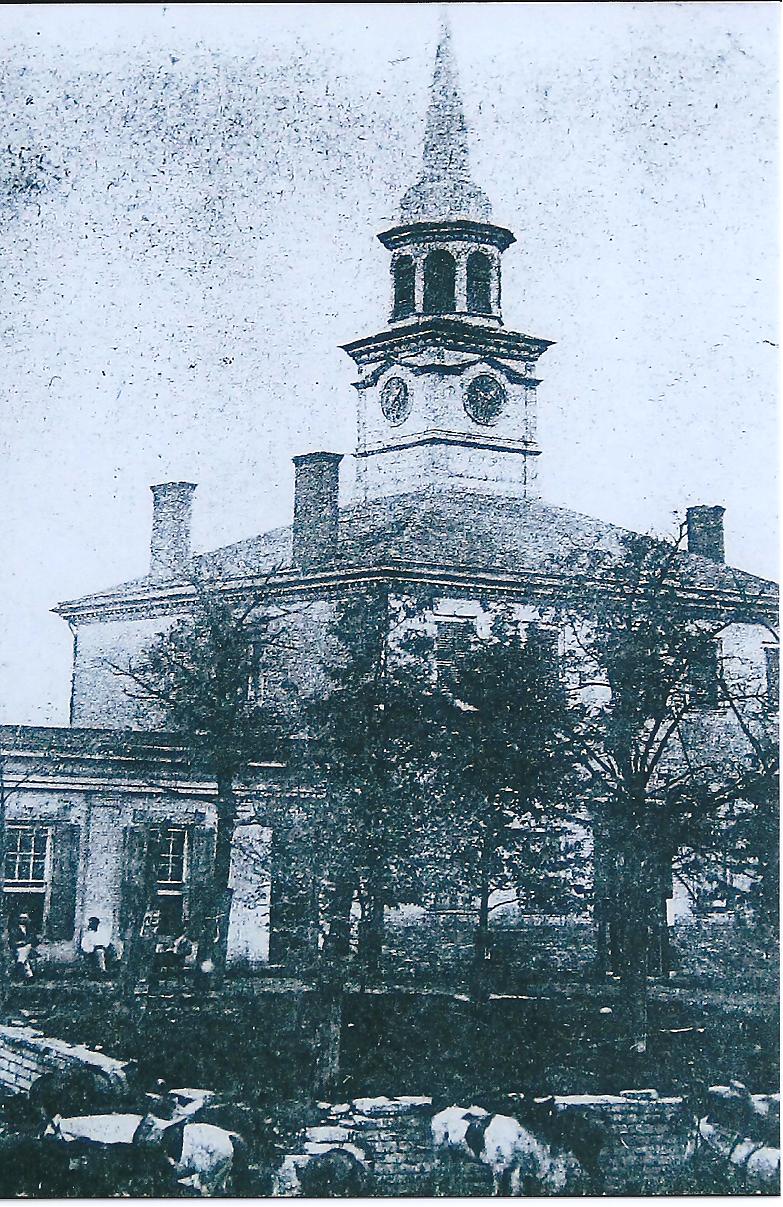 The 2nd
Bourbon County courthouse built in 1797
The 2nd
Bourbon County courthouse built in 1797
** (Notice the livestock in the foreground) Courtesy of the Hopewell Museum
The 3rd Bourbon County courthouse begun in 1873 and completed in 1874
Photo held in Hopewell Museum/Historic Paris-Bourbon County
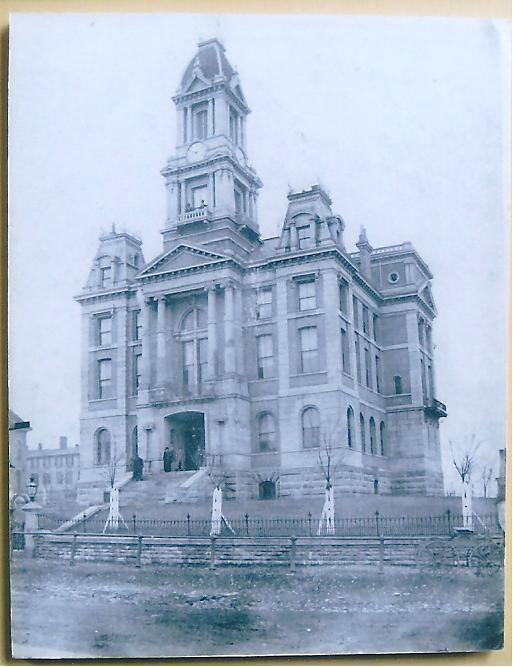
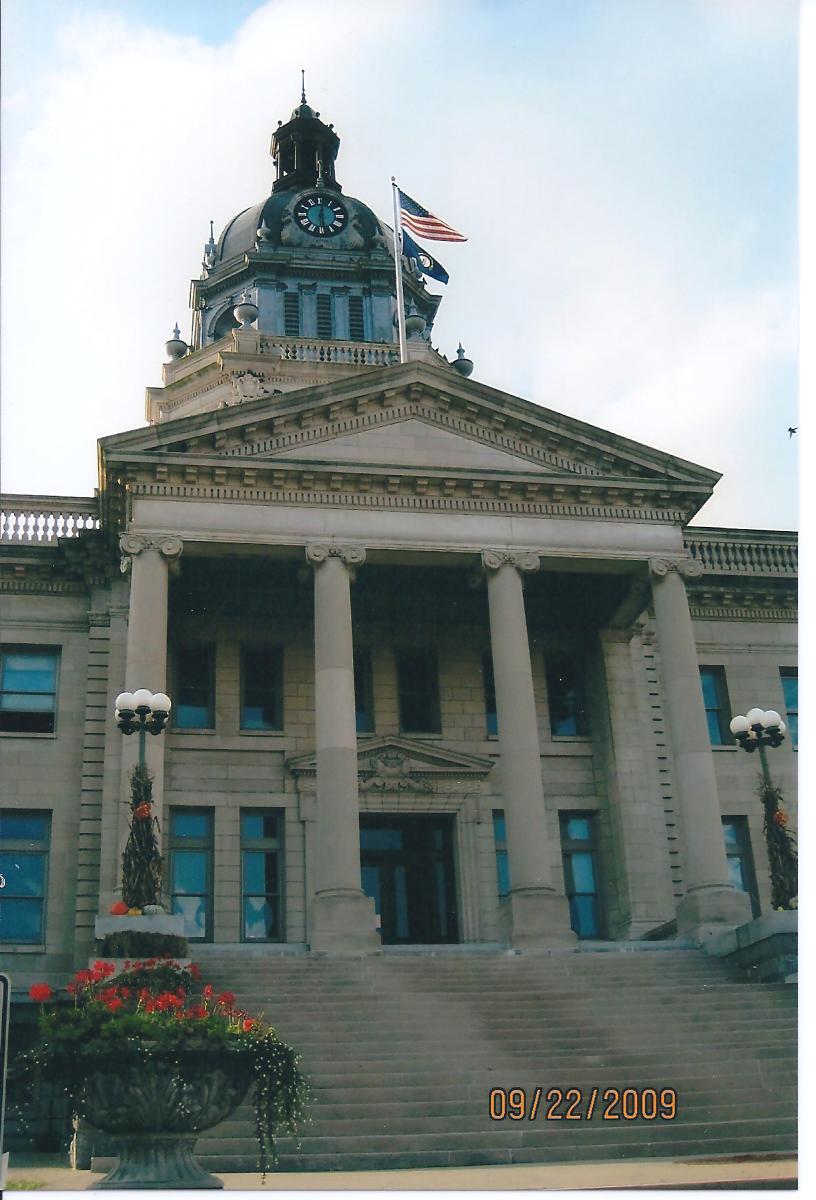
Bourbon County courthouse 2009 photo courtesy of James & Judy Ware
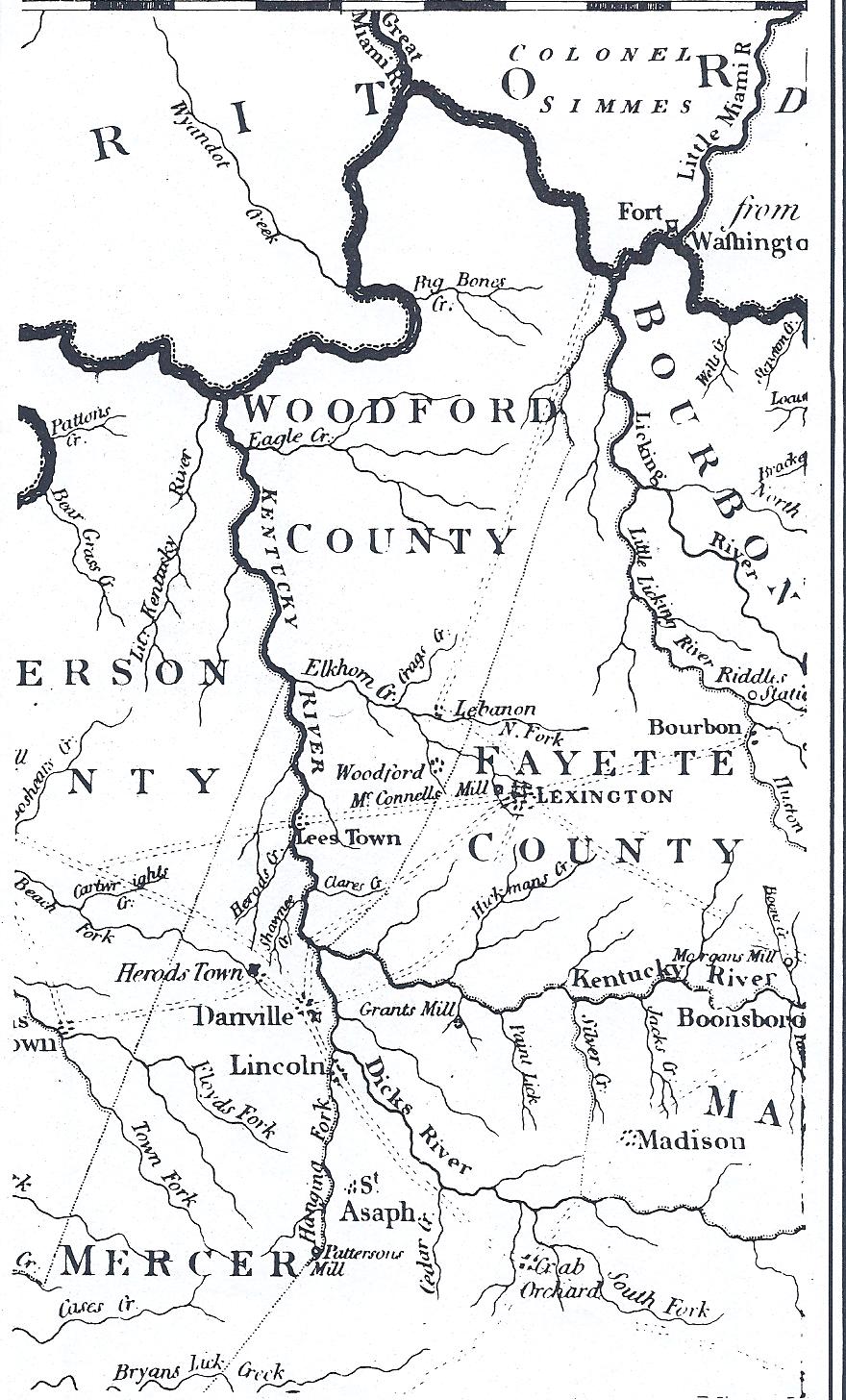
Map showing Woodford, Jefferson, Bourbon, Fayette, and Mercer Counties
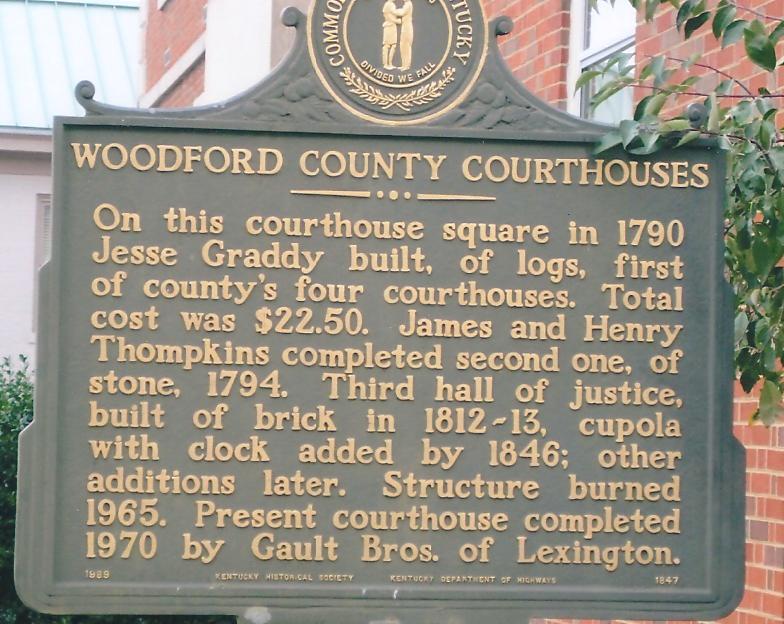
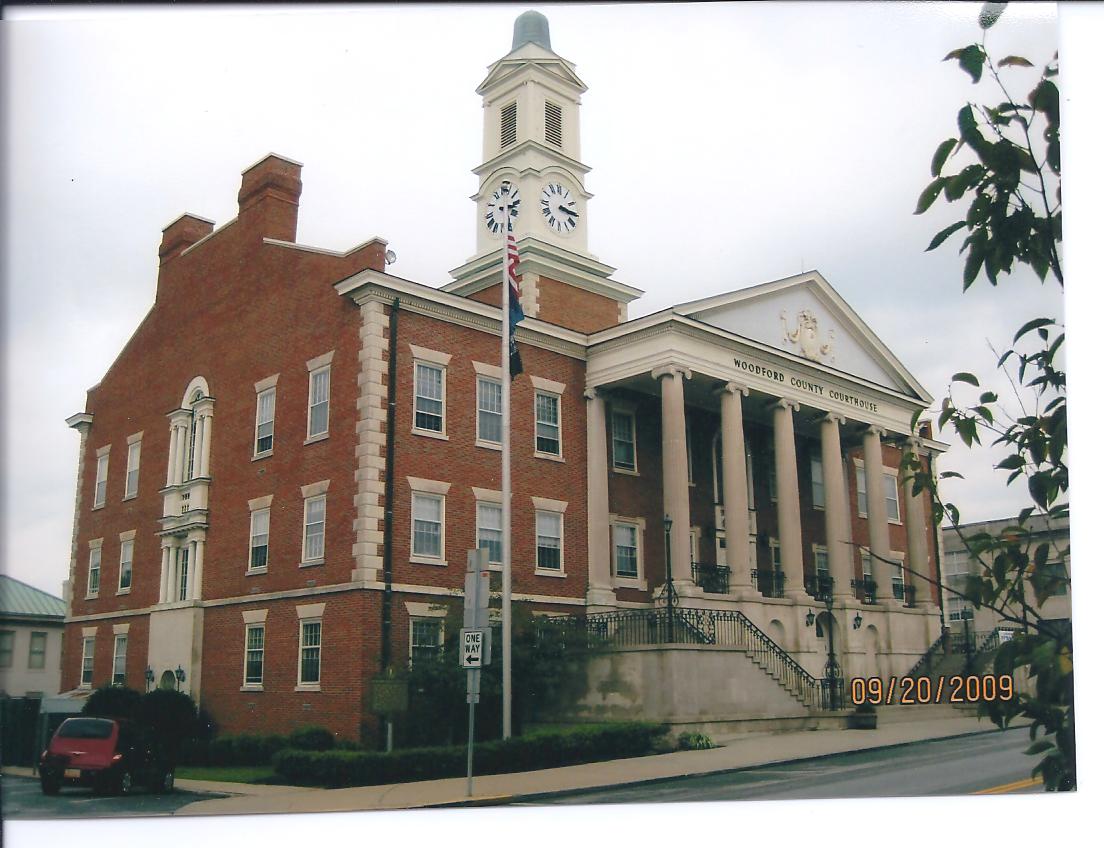
Woodford County
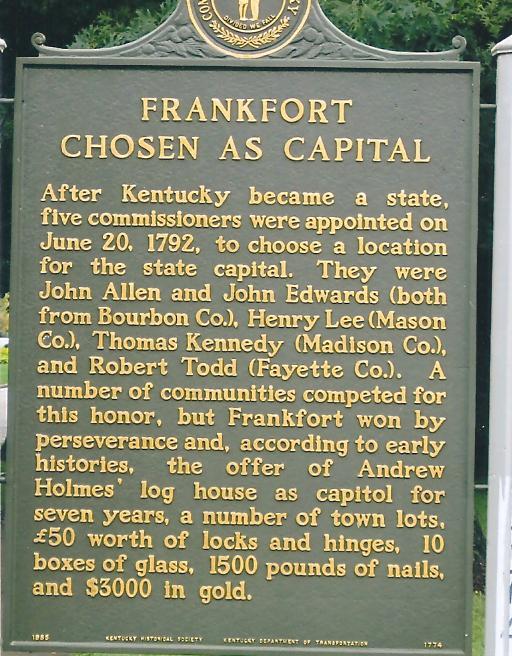
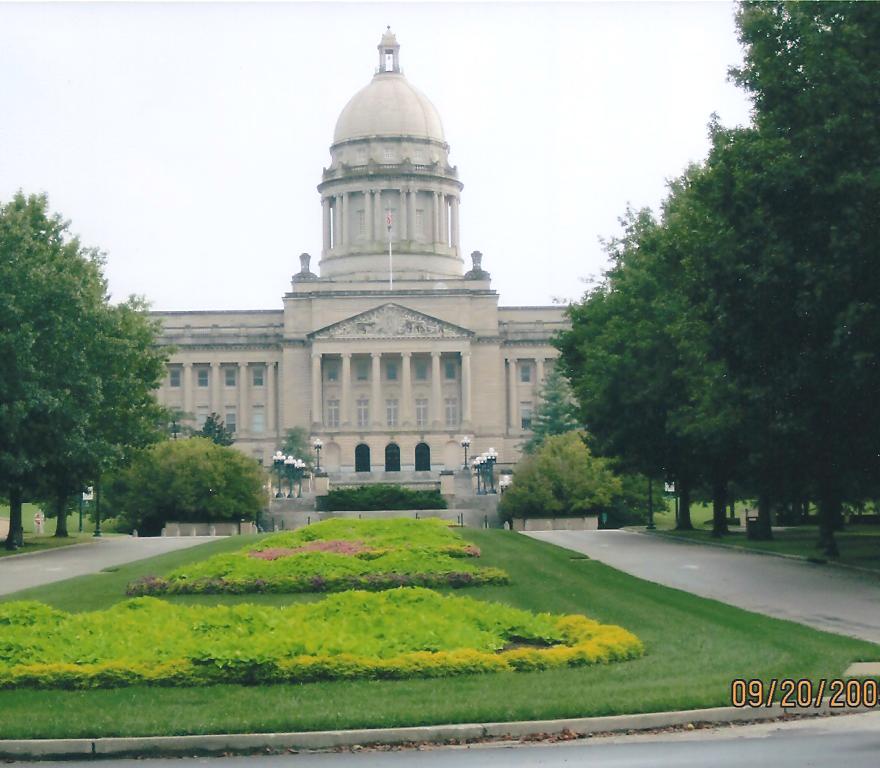
Frankfort capital
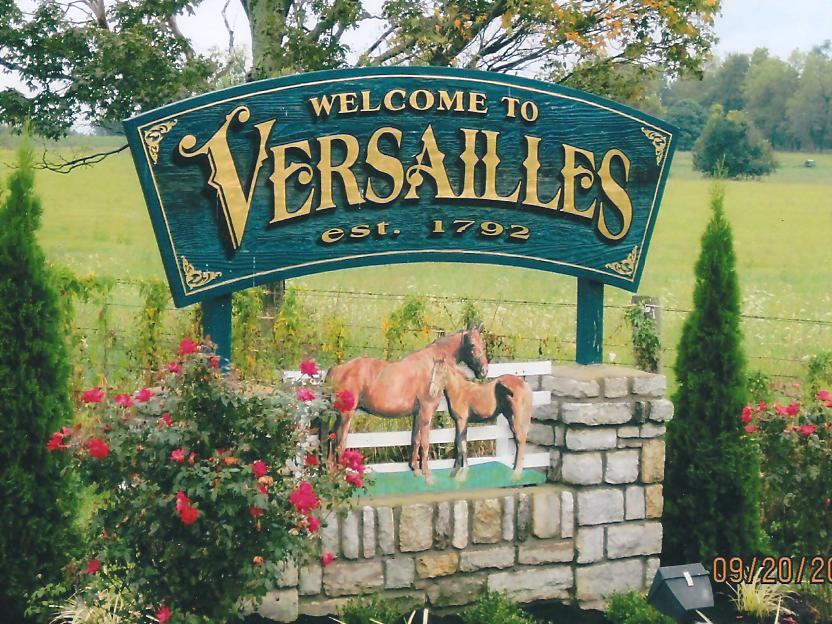
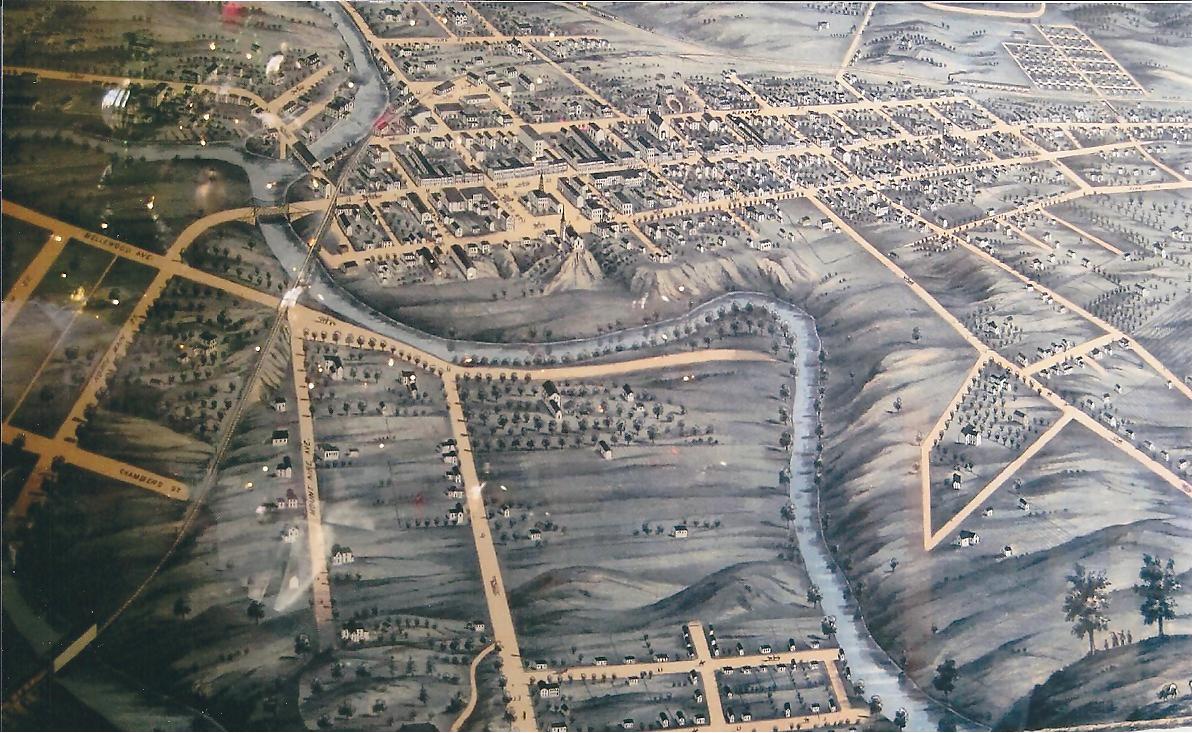
County seat for Woodford Early Paris